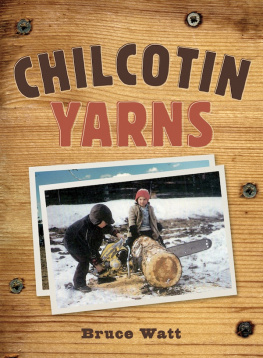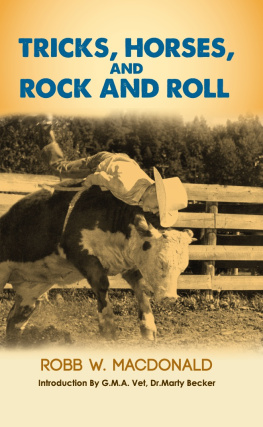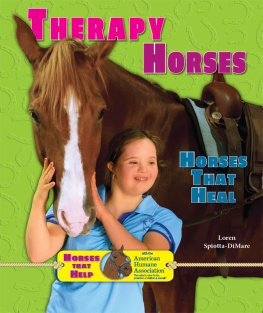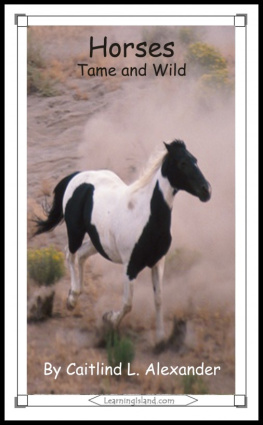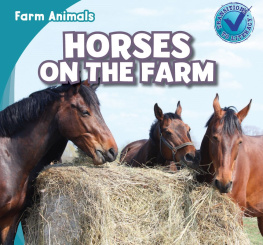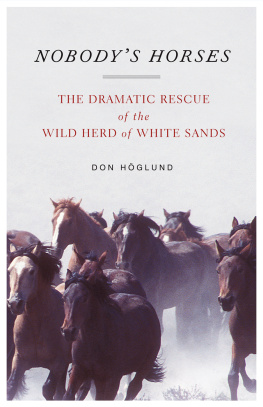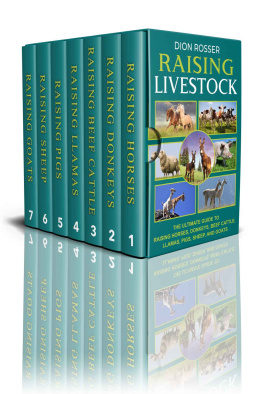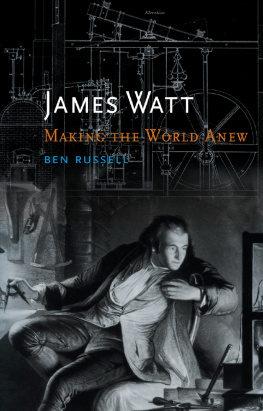
You might not see someone walking on the open range very often, but the view is often just as good from your feet as it is from your horse.
CHILCOTIN LOGIC
John Dodd, cow boss for the Gang Ranch, and Jim McDonnell, who was breaking some colts for the Gang, were out looking over the summer range. There had been a report that some of the wild bunch of horses from Burnt Meadow had drifted out this way. Small bunches that break off from the main herd of wild horses can be a nuisance, as they are nearly always led by a young stud that will pick off a few mares from a domestic herd if given the chance.
They had been riding for a while, and they came upon old Anyhow riding out there. Anyhow was Alex Kalelest, a rancher who owned a place at the end of Home Ranch Valley on the Gang Ranch. He was a good cow man who wintered his cattle to come out in the spring in better shape than any in the country. The nickname Anyhow came from the fact that he could hardly say a sentence without sticking the word anyhow in there somewhere, anyhow.
Anyhow was a great guy and a very good visitor. He, John and Jim had been sitting on their horses for about an hour, talking things over. Jim looked across country and said, That looks like someone walking back there. Someone walking on foot over the open range is something you would next-to-never see.
Old Anyhow never even looked back; he just said, Thats my woman.
How come youre riding and shes walking? John asked.
She got no horse, Anyhow replied.
SORT OF A PREFACE
Some of the yarns you are about to read may be Chilcotinized a very little bit. To Chilcotinize a story or experience, the storyteller may wander from the absolute truth. Some of the yarns that were told to me could possibly be not totally true. The teller of the yarn may not have good recall, or may have been attempting to make a better story. Chilcotinizing is accepted by any true Chilcotin.
THE START
My wife, Phyllis, and I came into the Chilcotin on May 6, 1948. We had been married for about six weeks, and I was beginning a job working for her uncle, Dick Church, at the Big Creek Ranching Company. We came in with a hired three-ton truck. We had all the furniture we owned in the front end of the truck bed, including a piano that still bears the scars of that trip. In the back end we had two horses, one Phyllis had raised and one I had raised.
In those days you didnt drive that road from the Fraser Valley into the Chilcotin alone, especially in May. You travelled in a convoy of at least three vehicles so if someone got stuck, the other two could pull him out. There was a pretty good chance of getting stuckin fact, it was inevitable.
The truck drivers wed hired, who were from the coast, didnt believe they would need chains, shovels, axes or anything like that. However, Phylliss mother, who was born and raised in this country, insisted that we take these things with us. We took everything with us except the chains.
When we arrived in Williams Lake, we met Dick Church and Neville Blenkinsop, another rancher in the Big Creek area, who were to join our convoy. When they found out that our truck drivers still thought they didnt need chains, Dick and Neville were adamant that we wouldnt get into Big Creek without them. In the end, we had to rustle around and get some, and it was good that we did.
We took off in the morning in the three trucks, and the road was all dirt (or mud). We arrived at Lees Corner, about 60 miles from Williams Lake, after a few hours and the road just got rougher and rougher as we went along. We decided that it would be far better to ride the horses the last 21 miles into the ranch than have them bouncing around in the back of the truck. We unloaded the two horses and I struck off, starting out half an hour ahead of the trucks while Phyllis stayed with Dick and Neville.
I thought Id never get there. I was leading one horse and riding the other, and I switched horses as I went along to spell them off. By the time Id climbed up the hill from the Chilco Ranch I was already looking for Big Creek. Id only gone a few miles, but it sure felt a lot longer. It was a long time before I got there. The road was so muddy you couldnt do anything but walk the horses, and not even a fast walk at that. The first hint of civilization I came upon was about a mile out of Big Creek. It was a sign that said SLOW TO 15 MPH. The sign was because of a little log schoolhouse there, and you really were supposed to slow down to go by it. But I dont think anyone ever even got up to 15 mph in that particular area! It was late, and my butt was sore when I finally arrived at the ranch. Id thought those trucks would have passed me long ago, but I figured they were stuck. They were, of course. I beat them to the ranch by two hours, and I walked the horses nearly all the way. Neville Blenkinsops truck never did make it. The transmission got torn out at a place called Indian Meadow.

We received a great welcome to the place. We put the horses away, then were taken over and shown the little log cabin that was to be our home. Knowing we were newlyweds, the Church family had gone to a great deal of trouble to fix the place up. Theyd even hand-planed the cabin floor. Now that is quite a contract; they did saw their own lumber on the ranch, but a planed floor was really rareeven a floor was not too common. Prior to our coming, it had been a dirt floor.
Dicks wife, Rona, and Queenie, Gerald Blenkinsops wife, had argued about this cabin floor. Rona, who was originally from a soft life in Victoria, thought we should have the luxury of a floor, but Queenie felt we should start out rough, as most homesteaders didno floor at all, let alone a planed one. I tell you, it did look nice, this white Jack-pine planed floor in our small cabin. It was where we were to spend the next two years of our life. We got settled in and then were ready to go to work.
The deal I had was that we received $80 a month, plus beef, milk and eggs whenever the weather and dogs would allow. If we beat the dogs to the eggs, then we got them. As it turned out, having beef was an uncommon occurrence. In two years, we probably only had beef twice. The rest of the meat was deer and moose, because there was no refrigeration except in the winter. We managed to put away $56 of the $80 in the bank every month over the next two years. We lived on the balance, and we lived pretty well. We didnt go dining and dancing very much, but we really had a good life.

Not many of the holes in the meadows were as easy to spot as this one, or it would have been a lot more boring out there chasing horses.
HUNTING HORSES AND DODGING JACK PINES
One of the first jobs I had was to hunt horses at a place called Dick Meadow. We were after horses that had been turned out to pasture and wandered off. The ranch foreman, Jim Bonner, and I packed a lunch and took off. There was no trucking or trailering of horses; the roads made it impossible. To hunt horses at Dicks in those days, you rode.
The first thing you had to do was ride 25 miles to the range, and from there you started hunting the horses. Well, mainly you hunted tracks. Neither Dick nor Jim believed in using bells on the horses too much. Instead, they would hunt for tracks until they found the freshest ones from the horses they wanted. Then they would track down these horses. Sometimes this would entail another 20 miles of riding, and then you still had to get back to the ranch.

